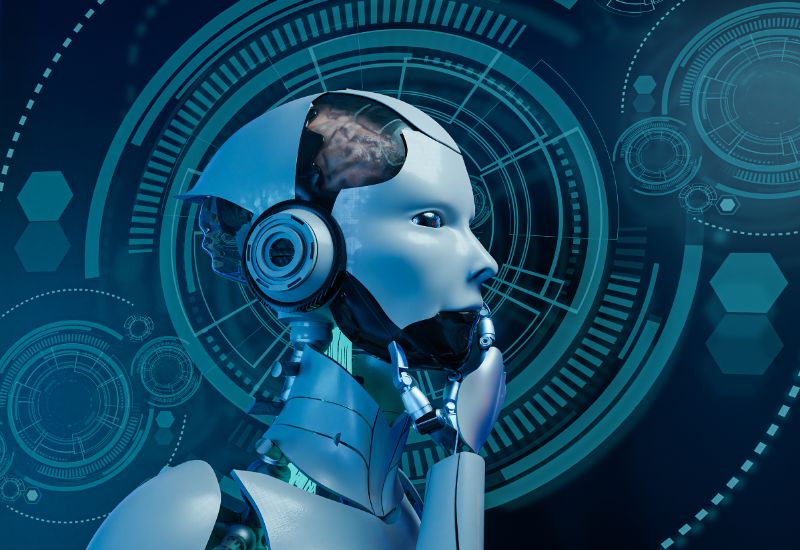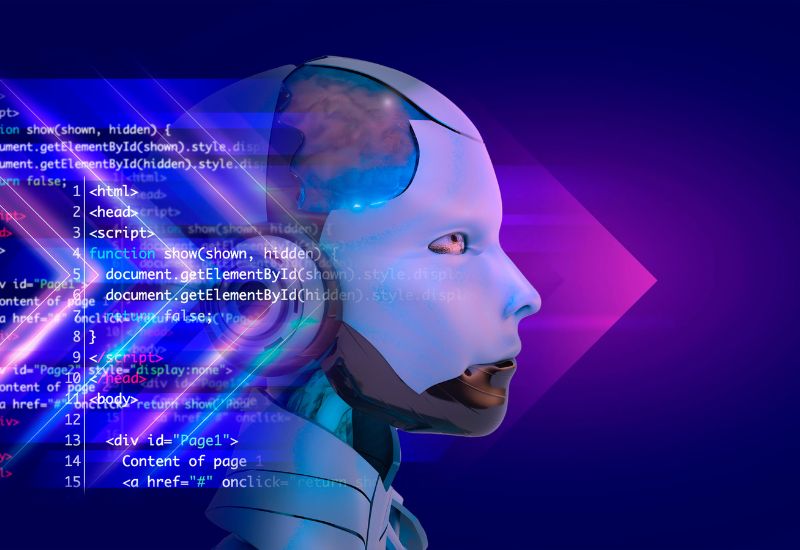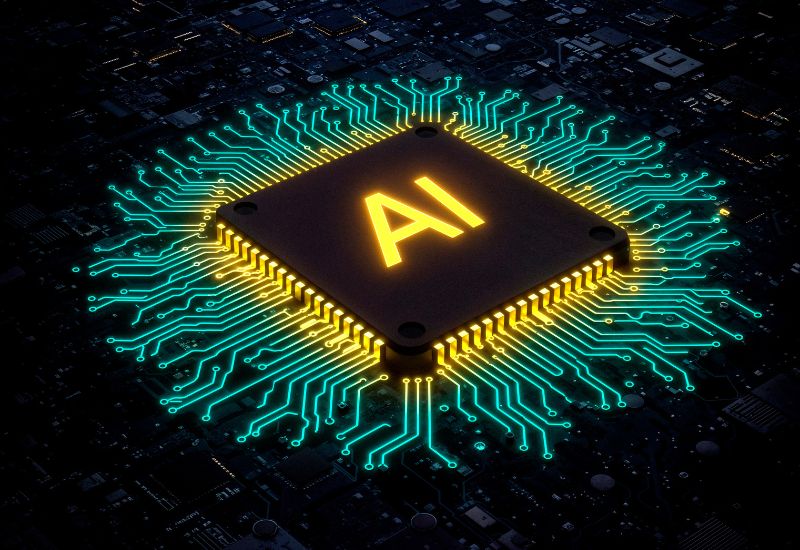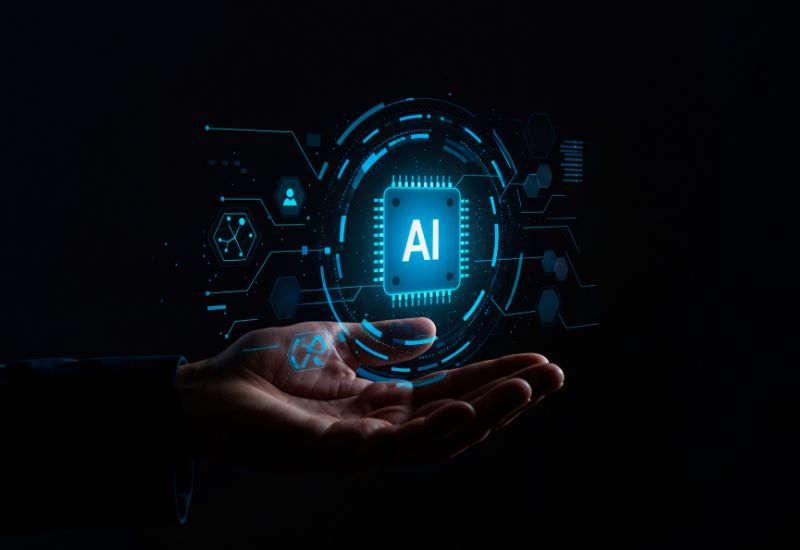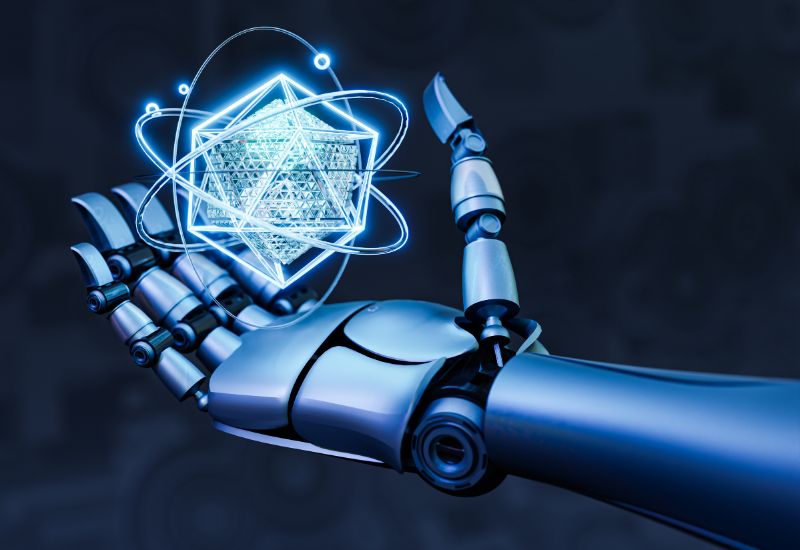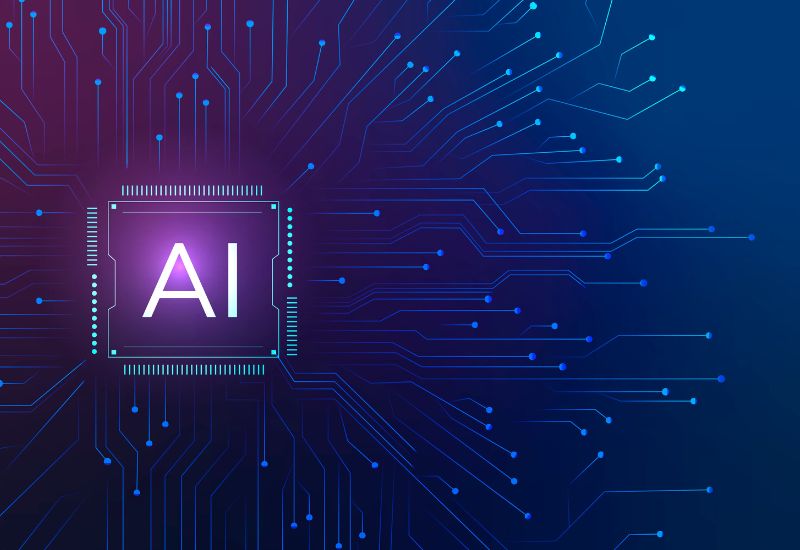Generative AI has taken the world by storm. It promises to change how we create, interact, and build new things. How does this powerful new AI stack up against "traditional" AI? We have relied on traditional AI systems for many years. The difference between these two types of AI is not just for experts. It greatly impacts businesses, researchers, and people using AI every day.
AI's abilities are quickly growing. It automates common tasks. It also crafts entirely new content. Knowing the main differences between generative AI and traditional AI helps you understand this changing field. It lets you use the real power of AI. This guide will explain these core ideas. It will look at their unique strengths and weaknesses. You will also see how they work in the real world.
This detailed look will give you the facts. You will learn about their functions. You can find their best uses. You can also guess their future impact. Are you a tech fan? A business leader? Or just curious about AI's future? This deep dive will show you the key differences. It will also show how generative AI and traditional AI can work together.
What Are Traditional AI & Generative AI?
Traditional AI refers to systems that are programmed to perform specific tasks by following predefined rules and logic created by humans. Instead of generating new content or ideas, these systems focus on analyzing input data, detecting patterns, and producing consistent results within a fixed scope. In many cases, traditional AI models depend on structured datasets and algorithms such as decision trees, linear regression, or classification models. Examples include chatbots that respond with scripted answers, credit scoring systems in banking, and predictive maintenance tools in manufacturing. While highly reliable for repetitive and rule-driven problems, traditional AI is limited in adaptability and cannot operate effectively outside the tasks it was explicitly designed for.
Characteristics of Traditional AI
Traditional AI systems have well-defined features that make them effective for certain applications, but also limit their flexibility:
- Rule-Based or Algorithm-Driven: These systems follow explicit, human-crafted instructions or mathematical algorithms. The logic is predetermined, so the AI acts only within the boundaries set by developers. For example, an AI used for tax calculation will only operate within predefined tax rules.
- Task-Specific Design: Traditional AI is built to solve one problem very well. A fraud detection model can flag suspicious transactions with high accuracy, but cannot perform unrelated tasks like generating a marketing strategy.
- Structured Data Dependency: Such AI performs best with well-organized, labeled datasets. For example, a medical diagnosis system may rely on structured patient records rather than unorganized text or images.
- Predictable and Consistent Output: When given the same input, the system consistently returns the same result. This is valuable in industries like finance and healthcare, where accuracy and repeatability are essential.
- Manual Adaptation Required: If new scenarios arise or the rules change, developers must update the code or retrain the model. Unlike modern generative AI, traditional AI cannot automatically learn from unstructured, real-time data without explicit reprogramming.
- High Explainability: The decision-making process can be easily traced because it’s based on clear logic. This transparency is critical for compliance-heavy industries like insurance, banking, and government services.
By combining reliability, accuracy, and transparency, traditional AI remains the backbone of many operational systems worldwide, even as generative AI gains attention for its creative and adaptive capabilities.
What Is Generative AI?
Generative AI is a branch of artificial intelligence that focuses on creating new, original content, such as text, images, audio, video, or code, based on the patterns it has learned from large datasets. Unlike traditional AI, which operates within fixed rules and delivers predictable outputs, generative AI uses advanced machine learning techniques, particularly deep learning and transformer-based models, to produce results that mimic human creativity.
These models, such as GPT (for text) or DALL·E (for images), are trained on massive amounts of structured and unstructured data to understand context, style, and structure. As a result, generative AI can write human-like articles, generate realistic images, compose music, design prototypes, or even assist in drug discovery.
The key strength of generative AI lies in its adaptability; it can work with unstructured data, learn patterns autonomously, and generate outputs that vary with each request. This makes it a valuable tool in industries like content creation, design, gaming, healthcare, and research, where innovation and customization are essential.
Characteristics of Generative AI
Generative AI systems have distinctive traits that set them apart from traditional AI and enable them to produce original, human-like outputs:
- Creative Output Generation: Instead of just analyzing and classifying data, generative AI can create new content, such as articles, images, audio tracks, 3D models, or software code.
- Learning from Unstructured Data: These models can process vast amounts of unstructured information like natural language, images, or audio, extracting patterns without relying solely on pre-labeled datasets.
- Adaptability and Flexibility: Generative AI can adapt to different styles, formats, and tones, producing varied outputs from the same prompt. For example, it can rewrite a paragraph in a formal tone or create an image in multiple artistic styles.
- Context-Aware Responses: By understanding relationships between words, images, or data points, generative AI can produce outputs that maintain coherence and relevance, even in long or complex tasks.
- Probabilistic Outputs: Unlike traditional AI’s predictable results, generative AI uses probability-based decision-making, meaning the same input can yield different but equally valid outputs.
- Continuous Learning Potential: With additional fine-tuning, these models can improve over time, becoming more accurate and aligned with specific user needs or domain requirements.
- Multi-Modal Capabilities: Advanced generative AI can work across different data types simultaneously, such as creating an image from a text description or generating a video from a storyboard.
These capabilities make generative AI a transformative tool across industries, from creative media and product design to medical research and simulation-based training.
Traditional AI vs Generative AI - The Key Differences
While both fall under the umbrella of artificial intelligence, traditional AI and generative AI differ in how they function, learn, and deliver results. Traditional AI focuses on analyzing data, making predictions, and executing predefined tasks using structured, labeled datasets and rule-based or classical machine learning models. Its outputs are predictable, consistent, and repeatable, making it ideal for tasks like fraud detection, quality control, and recommendation systems where accuracy and transparency are crucial. In contrast, generative AI specializes in creating new and original content, whether text, images, audio, or designs, by learning from vast amounts of structured and unstructured data. It uses deep learning, neural networks, and transformer architectures to produce variable, creative, and context-aware outputs that can adapt in tone, style, or format. While traditional AI is limited in adaptability and requires reprogramming for new tasks, generative AI is highly flexible and can work across multiple domains with minimal retraining. In practice, many industries now combine the reliability of traditional AI with the creative capabilities of generative AI to achieve both precision and innovation in their solutions.
When to Use Generative AI or Traditional AI
Choosing between generative AI and traditional AI depends on the nature of the problem, the type of data available, and the desired outcome. Traditional AI is best suited for situations where accuracy, consistency, and explainability are critical. If you need to detect fraudulent transactions, run predictive analytics, automate decision-making with clear rules, or process structured datasets, traditional AI offers reliable and transparent results. It excels in operational efficiency, compliance, and rule-based problem-solving.
On the other hand, generative AI is the right choice when creativity, personalization, or content generation is required. It is ideal for producing marketing copy, generating product designs, creating realistic images or videos, simulating complex scenarios, or assisting in research and innovation. Generative AI thrives in unstructured data environments and can adapt outputs to different styles, tones, or formats with ease.
In many modern applications, businesses use a hybrid approach, leveraging traditional AI for accuracy and structured decision-making while integrating generative AI for innovation and adaptability. The right choice often comes down to whether the task requires predictable outcomes or creative, variable outputs.
Which Type of AI Is Right for Your Business?
Determining whether generative AI or traditional AI is right for your business depends on your objectives, data resources, and the nature of your operations. If your priority is accuracy, compliance, and repeatable decision-making, such as in finance, logistics, manufacturing, or healthcare, traditional AI is often the better fit. Its rule-based and structured-data-driven approach ensures reliable outcomes and easier explainability for audits and regulatory requirements.
If your business relies on innovation, content generation, or personalized experiences, such as in marketing, design, entertainment, or product development, generative AI offers the flexibility and creativity needed to stand out. It can generate new ideas, adapt to different customer preferences, and streamline creative workflows.
For many organizations, the most effective approach is not choosing one over the other but combining both. A hybrid AI strategy can harness traditional AI’s precision and efficiency while leveraging generative AI’s creative and adaptive capabilities. By aligning your AI choice with your business goals, data readiness, and industry demands, you can maximize the return on your AI investment.
Business Use Cases for Traditional vs. Generative AI
Both traditional AI and generative AI have practical applications, but their strengths suit different types of business needs. Here’s a detailed breakdown with examples:
Traditional AI - Ideal for structured, rule-driven, and accuracy-focused tasks
- Fraud Detection: Banks and payment platforms use traditional AI models to scan thousands of transactions per second. The system identifies unusual spending patterns, mismatched geolocations, or repeated failed logins, flagging potential fraud in real time.
- Credit Scoring: Financial institutions assess loan eligibility by analyzing a customer’s credit history, repayment behavior, and income patterns through structured data models, ensuring objective and consistent scoring.
- Recommendation Systems: E-commerce and streaming platforms use traditional AI to suggest products, shows, or music based on past purchases, viewing habits, and similar user profiles.
- Predictive Maintenance: Manufacturers use AI sensors to track machine performance, detect wear-and-tear patterns, and predict failures before they happen—reducing downtime and repair costs.
- Medical Diagnostics: Healthcare providers deploy image recognition models to analyze X-rays, MRIs, and lab reports for signs of diseases, providing doctors with reliable second opinions.
- Supply Chain Optimization: Retailers and logistics companies forecast demand, optimize inventory, and streamline delivery routes using structured sales and operational data.
Generative AI – Ideal for creativity, personalization, and innovation-driven tasks
- Content Creation: Marketing teams use generative AI tools to write SEO-friendly articles, create ad copy, and produce personalized email campaigns tailored to different customer segments.
- Image and Video Generation: Advertising agencies and designers create high-quality visuals, concept art, or short promotional videos from simple text descriptions, saving time on manual design work.
- Product Prototyping: Fashion brands, automotive companies, and consumer electronics firms use generative AI to produce multiple design variations quickly, enabling faster product development cycles.
- Game Development: Gaming studios use AI to design 3D characters, environments, storylines, and even voice dialogues, allowing smaller teams to produce richer game worlds.
- Drug Discovery: Pharmaceutical companies use generative AI to simulate molecular interactions, identify promising compounds, and reduce years of early-stage research into months.
- Personalized Marketing: E-commerce and hospitality businesses use generative AI to adapt offers, images, and messaging for different customer profiles, improving engagement and conversion rates.
Conclusion
Traditional AI and generative AI are not rivals; they solve different kinds of problems. Traditional AI works best when you need accuracy, rules, and predictable results, such as fraud detection or medical diagnosis. Generative AI, on the other hand, brings creativity, adaptability, and the ability to produce new ideas, whether it is designing products, writing content, or personalizing experiences.
For businesses, the real value often comes from combining both. Traditional AI ensures reliability and efficiency, while generative AI adds innovation and flexibility. Together, they create a balanced approach that can improve operations, spark creativity, and prepare companies for the future of AI.
